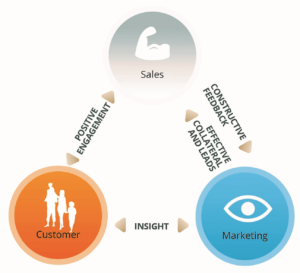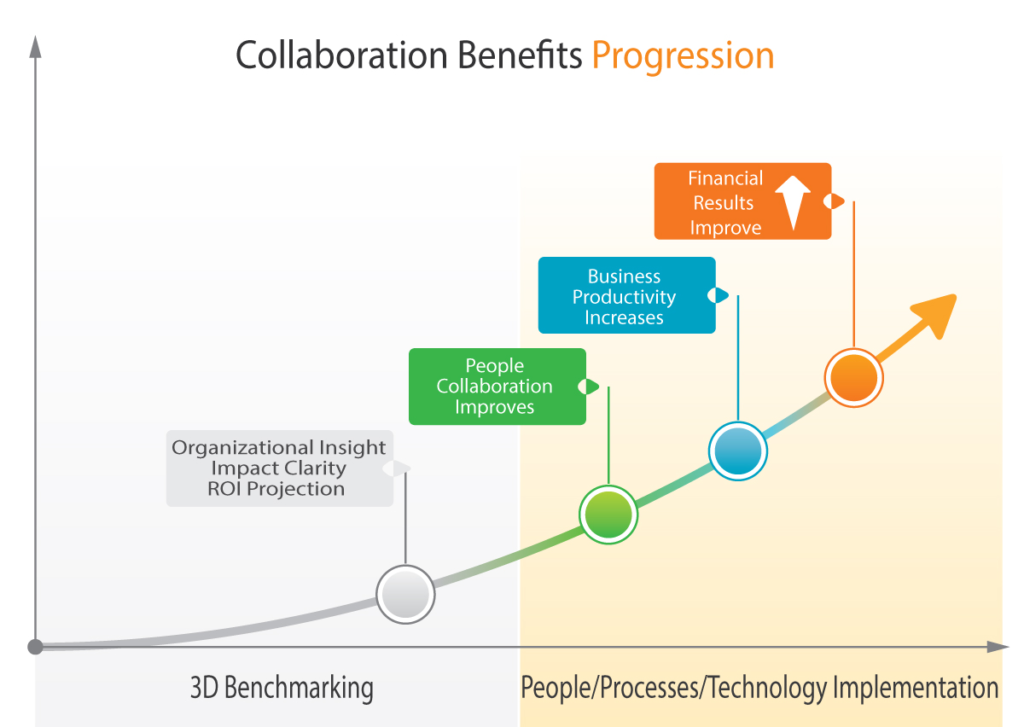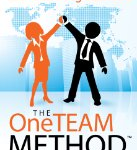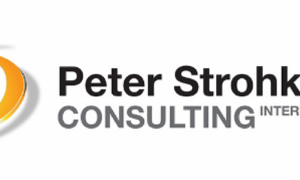Three in one Blow:
Lifting Sales Results, Customer Experience and Employee Engagement with Smarketing®

Let me start with an important statement:
“An under-performing Sales and Marketing department severely inhibits the success of the entire business.”
Why am I making this point? Because we are living in a new sales and marketing paradigm that businesses now need to adjust to in order to remain competitive:
The digital economy and the ensuing Buyer’s Journey have revolutionised the way that people and organisations now buy. In fact, each high value sale is now hard fought and won based on the value that the vendor offers and how well they are able to articulate that value to the buyer across the entire Buyers Journey, as shown below.

The Stages of the Buyers Journey
As can be seen in the image above, the majority of a buyer’s decision making now takes place in the online domain BEFORE they even contact a sales rep. And which team traditionally manages a company’s website and its content ? Right, it’s your marketing team.
Now, when the buyer has made a decision on which vendor to contact they expect the experience that they had with the vendor’s website to continue in the offline domain, i.e. when they speak to a sales rep. In other words, they have a natural expectation that, just because they have moved from online to offline, their buying experience continues to be positive and consistent.
This expectation makes it critical for any sales organisation to have their sales and marketing functions tightly aligned and collaborating.
Put simply: Smarketing is now a strategic advantage.
 Smarketing, i.e. Sales and Marketing collaboration, is the ideal vehicle to align customer-facing business processes and messaging to enhance the customer experience all along the Buyer’s Journey and to lead the buyer to purchase from us, rather than from our competitor.
Smarketing, i.e. Sales and Marketing collaboration, is the ideal vehicle to align customer-facing business processes and messaging to enhance the customer experience all along the Buyer’s Journey and to lead the buyer to purchase from us, rather than from our competitor.
Further, the successful deployment of popular sales acceleration tools, such as sales training, marketing collateral, thought leadership material, power messaging, mobile, CRM and business automation technology, are only as effective as the collaborative goodwill of the people utilising these resources. It is for this reason that one of my favourite sayings is this:
“You can have the latest technology and the most sophisticated business processes, but if your people are not with you then it will all come to nothing.”
Therefore, symbiotic Sales and Marketing Collaboration at all levels from the CEO down to the most remote
sales rep needs to become more than a ‘would be nice to have’: It needs to become a top priority for organisations of all shapes and sizes everywhere.
The really mature organisations have already discovered that there is much more to marketing than the generation of sales leads and marketing content. These mature organisations understand the importance of a united front; from the customers’ perspective Sales and Marketing have become nearly indistinguishable from each other.
 They have developed what I call the ‘Collaboration Mindset’.
They have developed what I call the ‘Collaboration Mindset’.
Such a mindset – to deserve the name – must be pervasive. Most importantly, it must unfailingly deliver the kind of personalised and nuanced customer experience that organisations have been talking about for years, but rarely have delivered. Such organisations live and breathe the term ’Smarketing’.
It’s difficult to overstate the importance of effective Sales and Marketing Collaboration for organisations that want to address the needs and expectations of today’s customers.
A collaborative organisation will not only be more competitive, but it will be hugely more attractive to buyers, and will win more business. But there is an additional significant benefit to a collaborative organisation from an internal perspective: better employee engagement.
Why?
A collaborative working environment is hugely attractive to high performers, whereas an atmosphere of blame and finger-pointing is not. High performers (particularly high sales performers) are immensely mobile, they can choose the organisations that they would like to work with and they act on their choices. Ask any HR manager about how critical to business success it is to have a collaborative culture and a supportive team environment. The answer will invariably be: very important.
However, it requires an appropriate mindset to move across the collaboration maturity spectrum and to create a superior and consistent customer experience that delivers high growth, staff engagement, boosted sales results and overall organisational growth.

Here is how managers and senior executives can take the steps necessary to achieve Smarketing success:
1.Reviewing the true level of collaboration between your teams in order to determine the quality of the Sales and Marketing relationship at every level of seniority today, where the bottlenecks are, and where the ‘low hanging fruit’ opportunities lie. This is best done with the help of an external, independent and neutral 3rd party so that it is not influenced by pre-existing relationships that may hinder true, frank and honest feedback from all stakeholders.
Let’s face it, unless you have the structured framework, relevant experience and the right tools in-house, all you are likely to end up with is just more unproductive tension and blame without improving results. Further, you really need an unencumbered, external perspective and someone credible who is agenda-free to pull it off.
2.Coaching the parties’ and their players at all levels of seniority, starting with the executive team and department heads, on why closer collaboration is good for them. Then help them to define and agree on the collaboration processes and metrics that they will from now on live by. Answer questions such as “What’s in it for me?” and “What does success look like for me personally, for my department, and for the whole organisation?” Make sure that there is consensus on the above.
3.Implementing and supporting collaborative processes with the appropriate technology, as appropriate. Don’t be tempted to rush this step. It is important to leave this until the parties have agreed on why and how they will work together, because a technology-lead approach will only encounter the all-too-usual resistance, as people often reject change that is imposed on them (just look at how unsuccessful many CRM implementations are around the world). Provide ongoing coaching, either by a neutral third party, or by a dedicated internally-appointed and empowered ‘collaboration czar’, so that collaboration can grow beyond just the walls of head office, and so that it can remain sustainable for a long time, even when internal key personnel or external circumstances change.
Conclusion
Businesses can no longer afford to have under-collaborative Sales and Marketing teams. Every under-performing sales rep and every lost deal is costing money. That means that, as shown here, Smarketing has now become a strategic advantage to grow sales, heighten the customer experience, and to lift employee engagement.
Help is available to begin your teams’ own Smarketing journey. I suggest you give it a try in your organisation.

About the Author
Peter Strohkorb is a Business Consultant, a published Author, an international Speaker and Executive Mentor as well as an Executive MBA guest Lecturer on Sales and Marketing collaboration and alignment.
Contact Details:
Peter Strohkorb, CEO, Peter Strohkorb Consulting International Pty Ltd
Ph: +61 411 865 301


